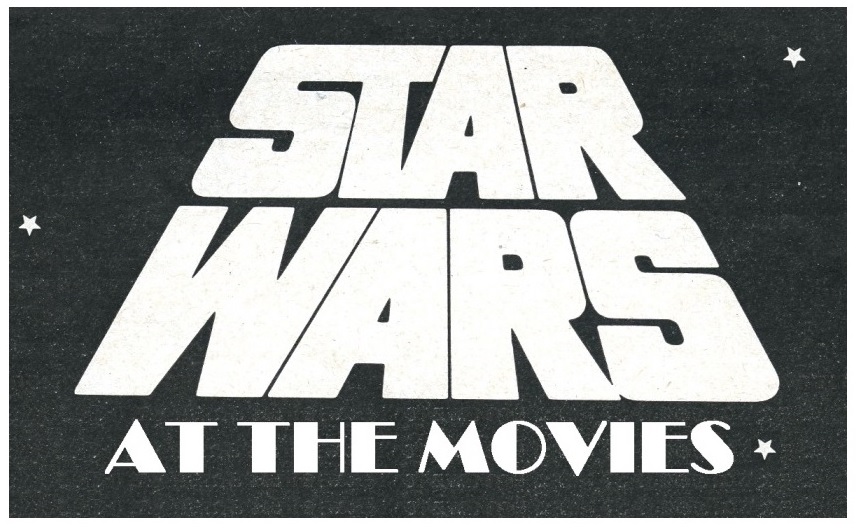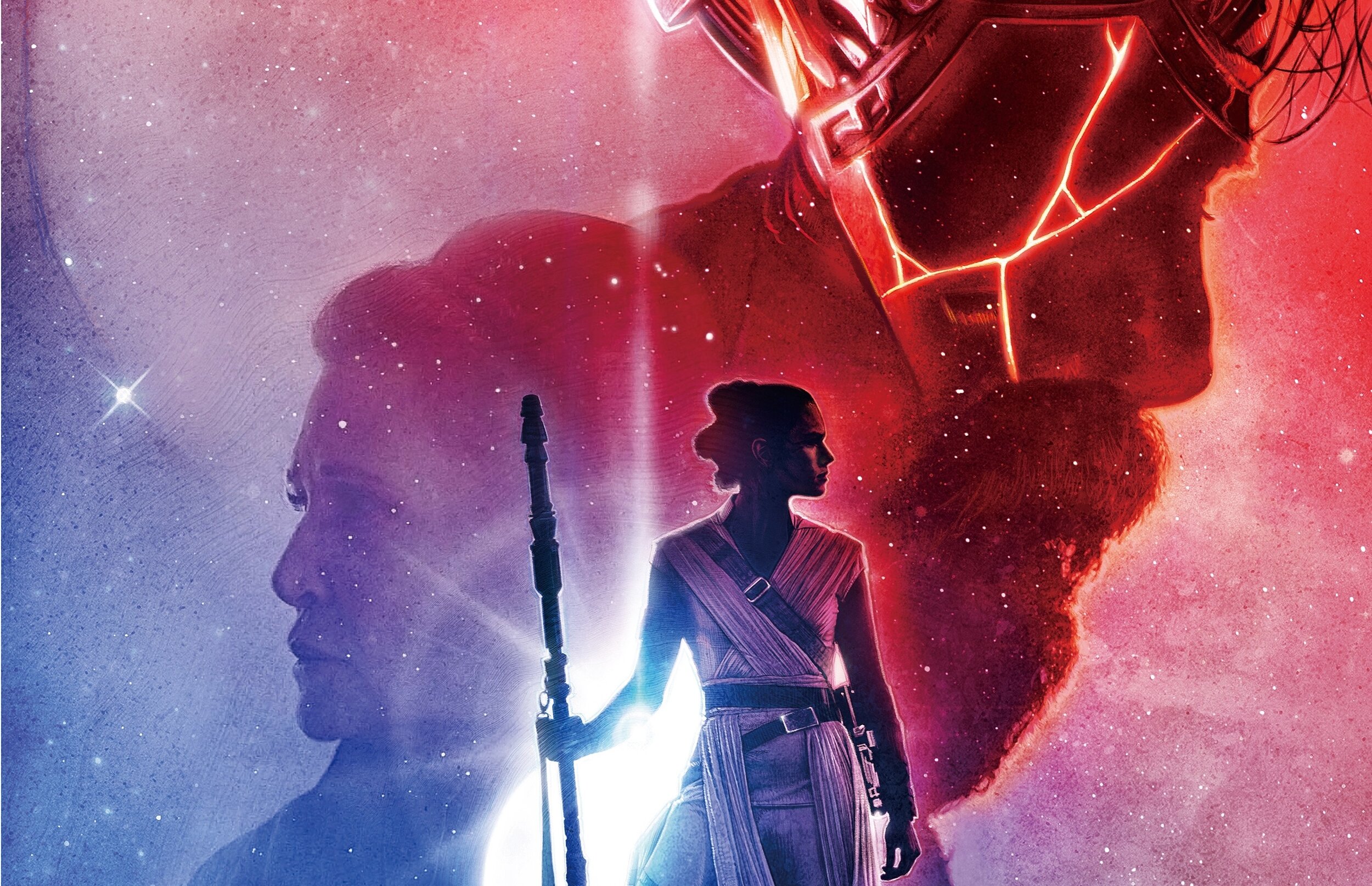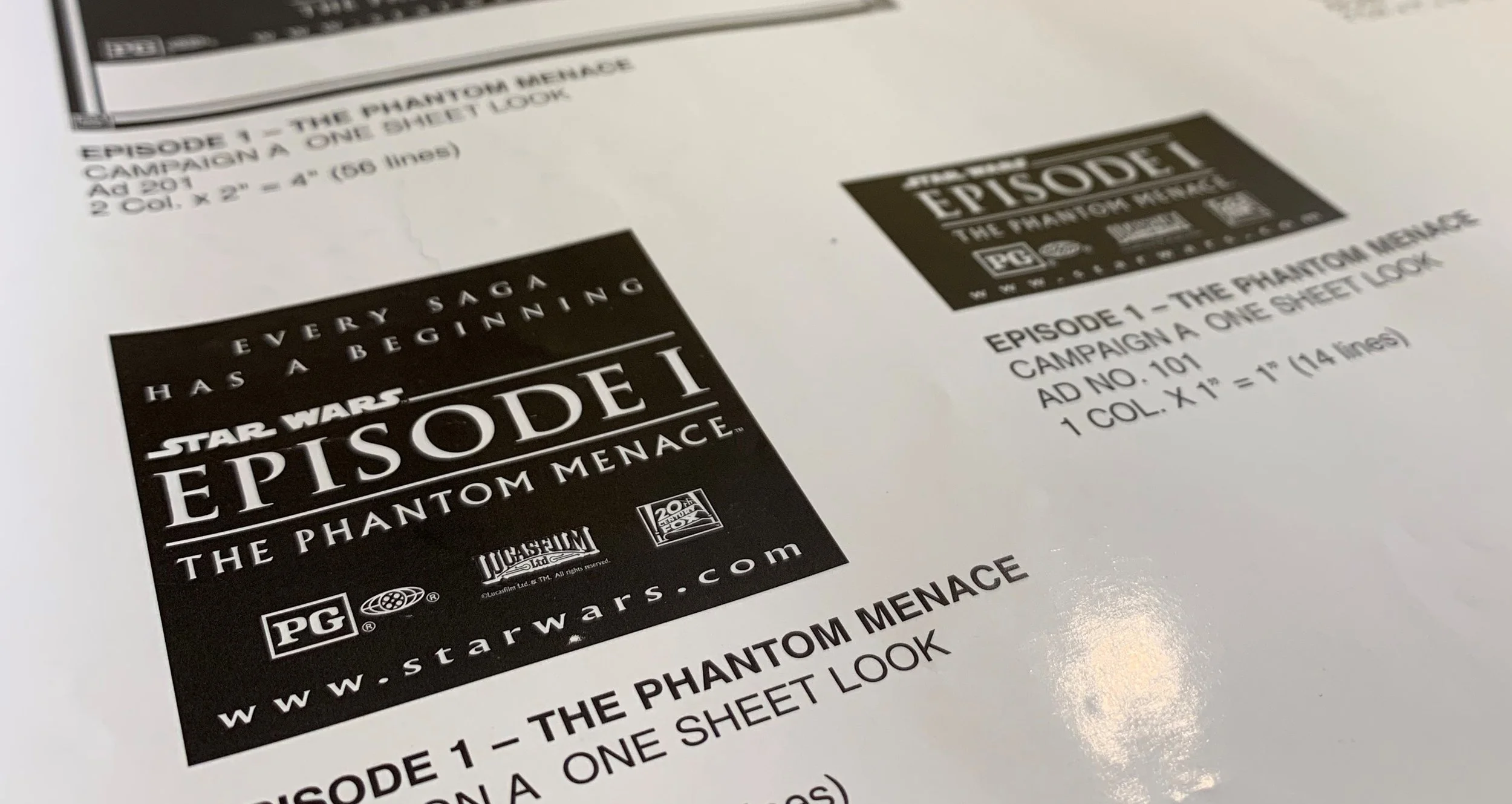THE RISE OF SKYWALKER: Stronger Than Blood
If beginning this recent trilogy of films the right way with The Force Awakens was a “near-impossible” achievement, ending it for its own sake while simultaneously burdened by 42 years of history and two previous rounds of storytelling closure was an overwhelming task that could bury any filmmaker with crippling anxiety.
Upon first viewing, The Rise of Skywalker exuded J.J. Abrams’ nervous energy, particularly in the rapid and initially confounding pace of the narrative. I’ll forever associate the new droid companion D-O and his twitchy, “no, thank you” demeanor (appropriately voiced by Abrams himself) with the director’s preliminary reluctance toward the entire Star Wars affair. The responsibility was too great and the demands too daunting. Yet here we are.
This film’s general disarray and occasional silliness seemed to represent panicked distractions from the crucial and intimidating storytelling tasks at hand. That said, our charismatic heroes’ Indiana Jones-style galaxy hopping treasure hunt and the grotesque horror aesthetic implemented for the undead Emperor’s return bring something stylistically new to Star Wars, playing off of the franchise’s pulp inspirations. I further appreciated all of this the second time around. Though gaps in logic and convoluted plotting involved with some of these elements (combined with an overeagerness to please) may be the movie’s primary flaws, its emotional core is strong and expressed so satisfyingly by both generations of characters when it matters most, despite the odds that were stacked against it.
Much like Return of the Jedi, I’m unable to separate The Rise of Skywalker from the complicated and challenging realities of the movie’s production. Both marked the ending of multi-film story arcs that clearly evolved as they went, whether for purely creative reasons or due to true life circumstances. These movies are made by just…people, after all.
Similar to his score for The Last Jedi, the final Star Wars effort from the legendary John Williams (whose well deserved onscreen cameo brings such joy) adeptly relies on the strength of the themes established for this trilogy in The Force Awakens, with other franchise stalwarts applied everywhere they needed to be in this culmination of over four decades of musical mastery of that universe. Williams’ best new material for the 9th and concluding chapter is subtle, gentle, and sentimental. The titular track comprised of the film’s two principal themes embodies the story of a family and galaxy that have been through so much, emerging from the other side all the stronger, wiser, and destined for a brighter, peaceful future. My favorite quieter entry, “A New Home” paired with Rey’s arrival at the old homestead offers stirring accompaniment to the final bridge from one Skywalker generation to the next.
Ultimately, criticism of either film should acknowledge the context in which they were made. Endings are tricky, especially when what may have originally been intended is no longer possible. Leia is heartbreakingly at the center of what could have been in Return of the Jedi and what was meant to be with The Rise of Skywalker. Episode IX was meant to be her film. To a remarkable extent it still is, given the tragic reality that Carrie Fisher is gone. In 1983, the Skywalker Saga came to an abrupt end because of the reality that George Lucas was, in that moment, drained dry. Rather than continue the story forward to meet Luke’s sister as an entirely new character in an entirely new trilogy, Leia became “the other” in the 11th hour and the implications were addressed fleetingly. Thankfully these modern sequels were able to overcome that in a moving way, but at the time her story became a victim of Return of the Jedi’s charge of wrapping the entire Star Wars conflict up, and swiftly.
The reveal of Rey’s dark lineage felt much the same way, at least at first. That “you’re a Palpatine” exchange in the Star Destroyer docking bay didn’t quite have the weight to it that I would have expected. It passes quickly because the plot requires it to. But unlike Leia’s story being significantly sacrificed for Luke’s in Return of the Jedi, Rey’s fortunately remains in focus from that point forward along with that of her equal in this trilogy: Kylo Ren/Ben Solo.
The Dynamic Dyad has held this entire trilogy together.
Shortly after Episode VII’s release in 2015, a good friend — and a much smarter guy than I — predicted Rey’s connection to the Emperor (at the 1 hour, 8 minute mark) and that a central theme of nature vs. nurture would play out between her and Kylo. Going into this film, I happened to find The Last Jedi’s “Rey from Nowhere” more compelling than the notion that she was a direct descendant of a familiar powerful name. I still haven’t completely come to terms with the Palpatine side of her story. That said, originating from and rejecting such darkness could be considered coming from a different type of “nowhere,” from a certain point of view.
Luke imparting that “some things are stronger than blood” and Rey taking on the Skywalker name by choice rather than being born with it reinterprets The Last Jedi‘s democratization of the Force in a way that reinforces this trilogy of trilogies as a family saga. For its part, Star Wars has always been about family. To see this story come to a new close with a broader and more nuanced definition of the word at its heart is The Rise of Skywalker’s most meaningful accomplishment. As this saga gracefully ends, hopefully whatever comes next picks up the threads of its even bolder possibilities.


















